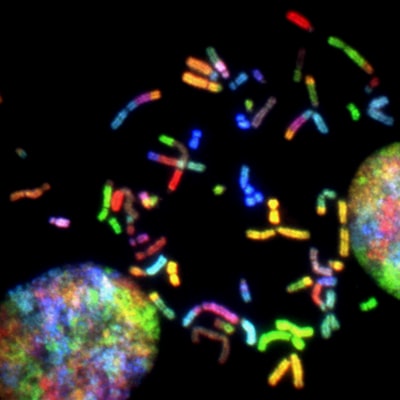Artificial plant cloning

- it’s cheap
- it can be used on a very large scale
- it reproduces a plant very quickly
Cuttings
This is the easiest method used to clone a plant and is popular with gardeners. You simply need to cut off a small branch from the parent plant you want to clone. The lower leaves are then stripped off and the plant stem planted into a pot of damp compost. In order to help encourage the stem to take root, a plastic bag is usually put over the stem to keep the conditions warm and moist. Plant hormones can also be used. After only a few weeks roots should have grown producing a new plant.
Tissue culture
Tissue culture, on the other hand, is a more complicated procedure and much more expensive. Firstly, a small amount of the parent plant is scraped off in order to have a tissue sample. The tissue sample is then placed into a dish containing sterile Agar jelly mixed with plants hormones (auxins) and nutrients. The tissue samples eventually each develop into tiny plantlets which can then be transferred into compost.
——————————————————
GCSE Biology Revision – Artificial animal cloning

——————————————————
Embryo transplants
Embryo transplants have several steps:
First of all the animal to be cloned must be pregnant.
?
While the embryo is only a ball of unspecialised cells it’s removed from the pregnant animal
?
The cells of the embryo are separated
?
They’re each allowed to grow a while longer in laboratory conditions
?
Each cell is then implanted into a new host mother
?
The offspring is then genetically identical to their original mother but not the host mother who gave birth to it
——————————————————
Adult cell cloning
Adult cell cloning also involves a number of stages:
An unfertilised egg cell is extracted from an animal
?
The nucleus is removed from the cell and got rid of
?
An adult body cell from the animal to be cloned is extracted and its nucleus is taken out and put into the original egg cell to replace the one removed from it
?
With the use of an electric shock the egg cell is stimulated into dividing
?
Once it has developed into an embryo it’s implanted into the womb of a female capable of reproducing
?
The embryo is then able to develop and grow and the offspring is genetically identical to the animal whose nucleus was inserted into the egg cell
In the UK in 1996 a sheep, called Dolly, was the first animal to be cloned in this way. She was created using an udder cell nucleus. However, she had a short life and died in 2003 of progressive lung disease. Her young death raised fears over adult cell cloning.